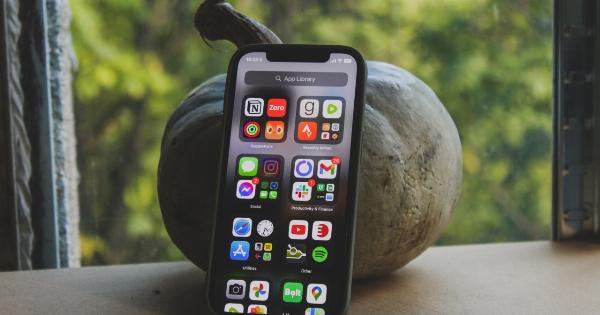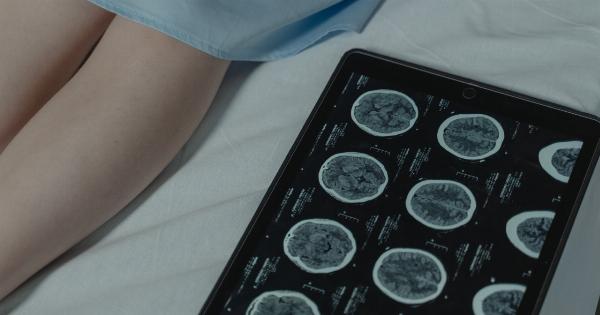Reading spoken words in real-time through brain decoding technology is an exciting development that has enormous potential to revolutionize communication.
The technology works by monitoring and interpreting the electrical signals that the human brain produces when listening to speech.
Through advanced machine learning algorithms, these signals can be decoded into spoken words in real-time, allowing for the possibility of entirely new forms of communication that are faster, more accurate, and more accessible than traditional forms of communication.
How Does Brain Decoding Technology Work?
Brain decoding technology works by using electroencephalography (EEG) to record the electrical signals that the brain produces when listening to speech.
These signals are then analyzed using advanced machine learning algorithms that can identify patterns in the brain activity associated with different spoken sounds. By mapping these patterns onto a database of known words and phonemes, the technology can accurately decode the spoken words in real-time.
Applications of Brain Decoding Technology
The applications of brain decoding technology are vast and wide-ranging. One of the most exciting possibilities is the creation of new forms of communication that are faster and more accurate than traditional forms of communication.
For example, people with speech impairments or those who are nonverbal may be able to use this technology as a means of communicating more easily with others. Additionally, the technology could be used to create new interfaces for communicating with computers, smartphones, and other digital devices.
Another potential application of brain decoding technology is in the field of education.
By using EEG to monitor students’ brain activity when learning a language, teachers could gain valuable insights into how their students are processing and understanding the material. This information could be used to tailor instruction to individual students’ needs, helping them to learn more effectively and efficiently.
Challenges of Brain Decoding Technology
Despite its enormous potential, brain decoding technology still faces several significant challenges. One of the most significant challenges is the need for a large database of spoken words and phonemes to map the patterns of brain activity onto.
Currently, there are only a limited number of words and sounds that the technology can accurately decode in real-time. Additionally, the technology is sensitive to variations in accent and dialect, making it challenging to apply across different languages and regions.
Another significant challenge is the need for more advanced machine learning algorithms that can accurately decode speech signals in real-time.
Currently, the algorithms used in brain decoding technology are still relatively rudimentary and often struggle to accurately distinguish between different sounds and words. As a result, the technology is still relatively slow and inaccurate compared to traditional forms of communication.
The Future of Brain Decoding Technology
The development of brain decoding technology is still in its early stages, but there is enormous potential for the technology to revolutionize communication in the future.
As machine learning algorithms become more advanced and database of spoken words and phonemes grow, the technology will become faster and more accurate, making it a viable option for a broad range of applications.
Ultimately, the future of brain decoding technology depends on continued investment and innovation in the field.
With the right resources and research, brain decoding technology could become a powerful tool for enhancing human communication and improving the quality of life for people with speech impairments and those who struggle to communicate effectively.


























